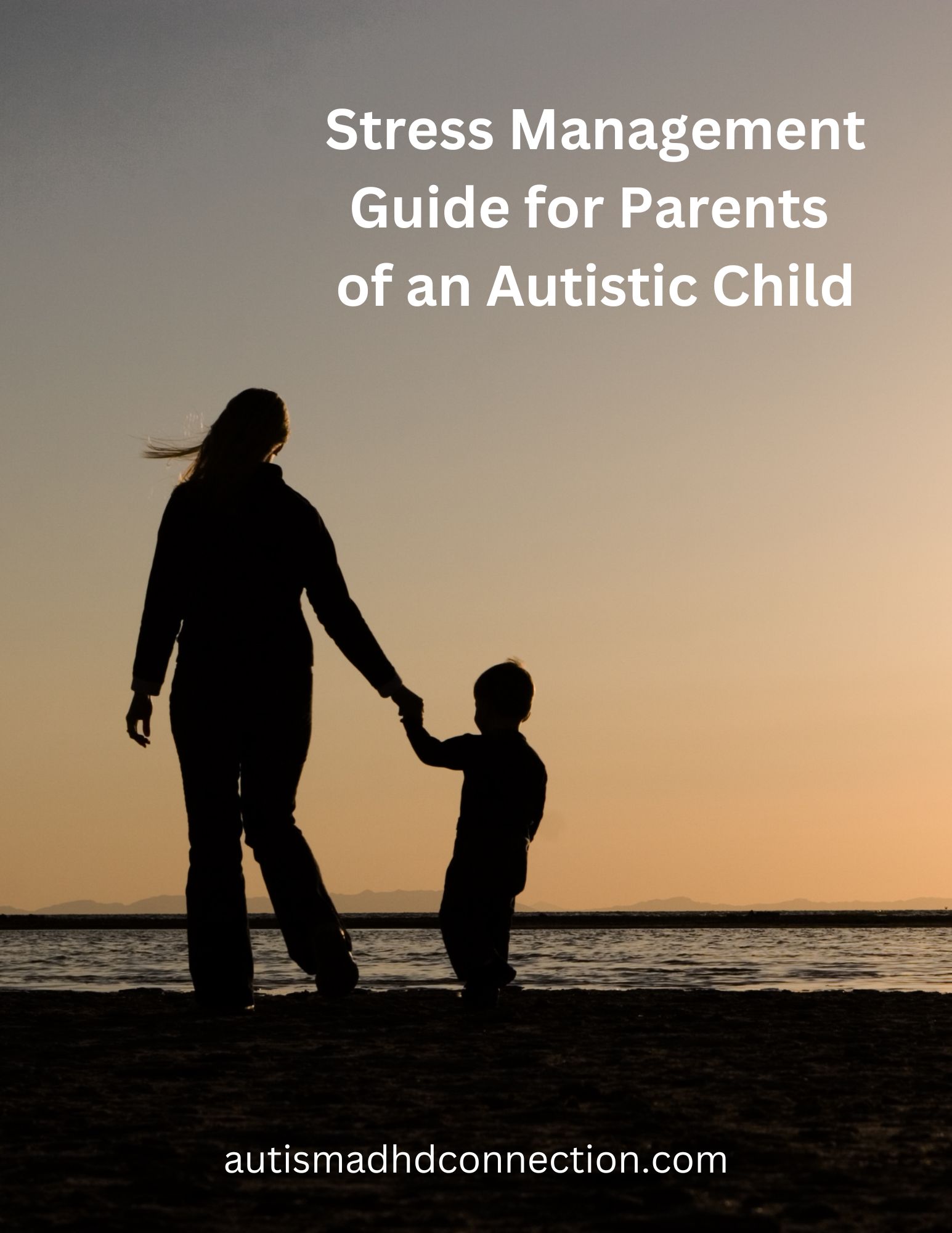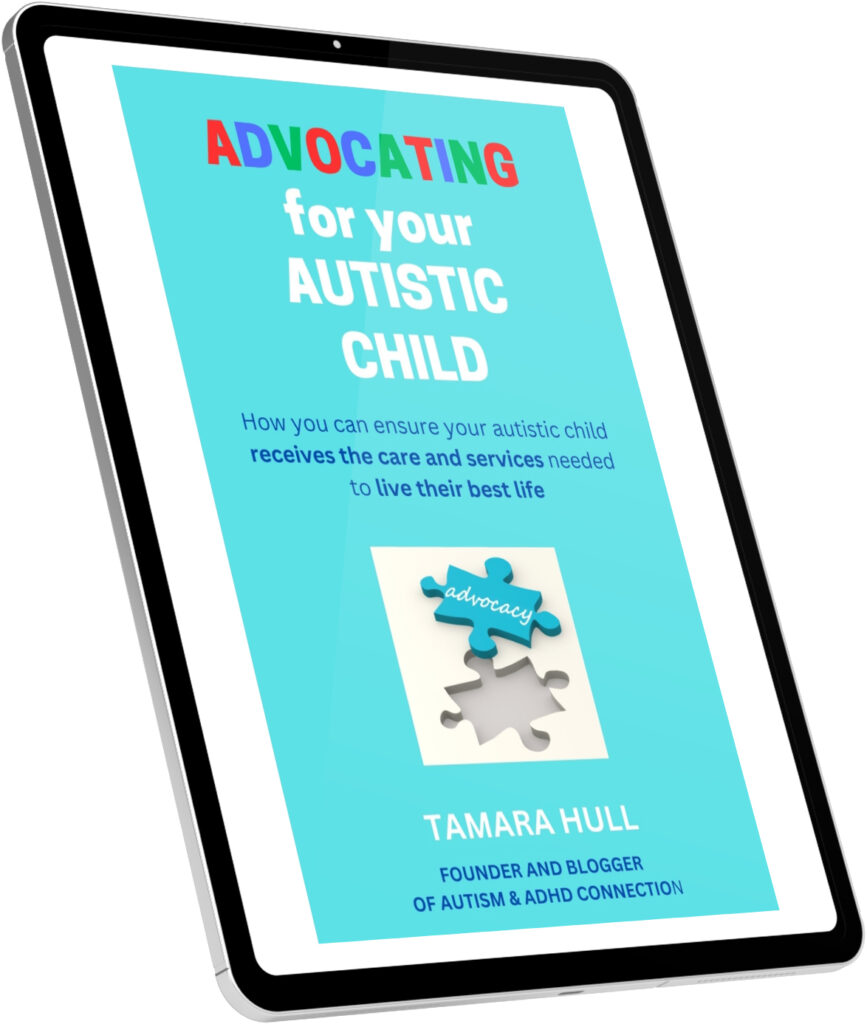Driving a car is a right of passage as a teenager and a big responsibility. As parents, we may be concerned about whether our teenager with autism and ADHD is ready or even capable of driving a car. Because autism is a spectrum, some teens will be ready at age 16, others when they are older and still some will never drive. How can you determine if your teen with autism and ADHD is ready for driving?
Why encourage your teen to drive?
Driving is a big step toward independence. If your teen learns to drive and succeeds in getting their driver’s license, then it opens their world. They will be able to drive themselves to and from a job and school (first high school and then post-secondary education). It also helps you as a parent because it can make logistics easier without having to take them and pick them up from activities, school and more.
Our son J is starting the process to learn to drive. This summer, we will help him study for the learner’s permit test, and I already received a driving specialist recommendation from our local Easterseals. He originally wanted to wait until he was 18 to learn to drive but recently overcame his fears to give it a try this summer. I am encouraged because I know it’s a big step toward independence for him.
What could be different for your autistic and ADHD teen learning to drive?

Research from the Children’s Hospital of Philadelphia found that only one in three autistic adults have their driver’s license by age 21. Yet, many are quite capable of driving. In fact, studies show that:
- Autistic drivers who are newly licensed are less likely to crash due to speeding compared to those without autism.
- Autistic drivers have similar crash rates as those without autism.
- They are less likely to receive a ticket or have their license suspended compared to peers without autism.
Having ADHD may put your teen at more risk than just having autism. It’s something to be aware of so that you can talk to your teen about safety and emphasize certain things more while training your teen to drive. A 2019 study published in Pediatrics found that teens with ADHD:
- Were 37 percent more likely to crash compared to those who didn’t have ADHD.
- Were more likely to have traffic violations compared to their peers without ADHD (36% vs. 25%).
- Sixty-two percent of teens with ADHD were more likely to be in crashes with injuries compared to those who didn’t have ADHD.
- Were more likely to have traffic violations, not wear seat belts, use alcohol or drugs and also use electronic devices while driving compared to their peers without ADHD.
The study also found that waiting until the teens with ADHD were 18 to learn to drive didn’t help these statistics because they no longer had the longer, graduated process for driving. (In most states, there are restrictions for teen drivers that limit who can ride with them, etc. for a certain period of time to allow teens to get more experience before they are driving a car with friends at certain times of day.)
How does autism and ADHD affect your teen and driving?
So how will autism and ADHD affect your child’s ability to learn to drive?
- Some teens with autism/ADHD may have difficulty applying written rules to action.
- Autism and ADHD can affect their ability to watch for everything while driving.
- ADHD in particular can hamper our teen’s ability to keep focused on the road because they are so easily distracted and because they may lack executive function skills.
- Some teens may still have some difficulty with gross and fine motor skills that are needed to operate a vehicle.
- Our teens with autism and ADHD may take road signs literally. For instance, they may interpret a need to merge immediately or panic when the sign says a lane will end.
- Our teens may feel overwhelmed with all the senses that are involved with driving.
- Your teen may have a fear of driving.
- The process of learning to drive and acquiring their driver’s license may take longer compared to teens who do not have autism and ADHD.
So do these statistics and ways that autism and ADHD affect our teen mean as a parent you shouldn’t allow your teen to learn to drive? I don’t think so. I do think they provide us with valuable information to help us apply additional training to ensure they are learning the skills they need to drive. We also need to be patient and realize the process may take longer than it will for a neurotypical teen. That is okay. I’d rather have my son J take longer to learn to drive and earn his driver’s license than to rush through it and not feel completely ready.
Is your teen with autism ready for driving?

There are many things to consider when determining if your teen is ready to drive a vehicle. Ask yourself the following questions about your son or daughter:
- Does your teen have good judgement of social interactions and others’ perspectives to drive defensively?
- Does your teen have the gross and fine motor skills to physically operate a vehicle?
- Can your teen stay focused while driving?
- Does your teen have the cognitive flexibility to figure out tricky situations?
- Does your teen have enough impulse control and emotional regulation to react to different situations while driving?
- Can your teen multi-task to be able to drive well?
- Is your teen able to prioritize to drive effectively?
- Does your teen follow instructions well and can they handle constructive criticism?
- Does your teen have the appropriate maturity level?
Tips for teaching someone with autism how to drive

If you believe your teen with autism and ADHD is ready to drive, here are some tips that can make the training process a bit simpler.
- Find an occupational therapist who is a certified driving specialist to provide driver’s education to your teen. This is what we are doing for our son J. We received recommendations from our local Easterseals organization. These driving specialists know how to work with autistic drivers and can be so valuable in teaching your teen to drive.
- Driving is a full sensory process, so you may need to allow your teen to take frequent breaks.
- Stay with familiar routes at first until your teen gets used to driving.
- Help them stay calm when they see other drivers break traffic rules. Many of our teens do not like when others break rules, but they will need to get used to seeing it happen often while driving.
- Teach them about road rage and the importance of not starting a conflict with another driver.
- Help them avoid distractions such as music, phones, etc.
- Be patient! This process may take a while and need a lot of input from you. It will be worth it in the end though when your teen brings home their driver’s license!
Resources to help teach driving to your teen with autism and ADHD
Looking for some resources to help you prepare and even teach your teen with autism and ADHD the driving skills they need?
- Read this book, “Guide to Driving a Car for Autistic People,” (affiliate link) that can help you prepare for your teen driving – whether you are teaching them to drive yourself or having a driving specialist or school teach them.
- If you need financial assistance to help with the costs of driver’s education for your teen with autism, check out your state’s Vocational Rehabilitation grants.
- Need to find a driver’s specialist in your area who works with people who have disabilities? Check out the Association for Driver Rehabilitation Specialists.
- Thinking about teaching your teen with autism and ADHD driving yourself? The Children’s Hospital of Philadelphia offers these driving lesson plans for parents.
Has your teen with autism and ADHD learned to drive? If so, what tips do you offer other parents? Leave a comment below so that we can encourage and support one another on this journey!









